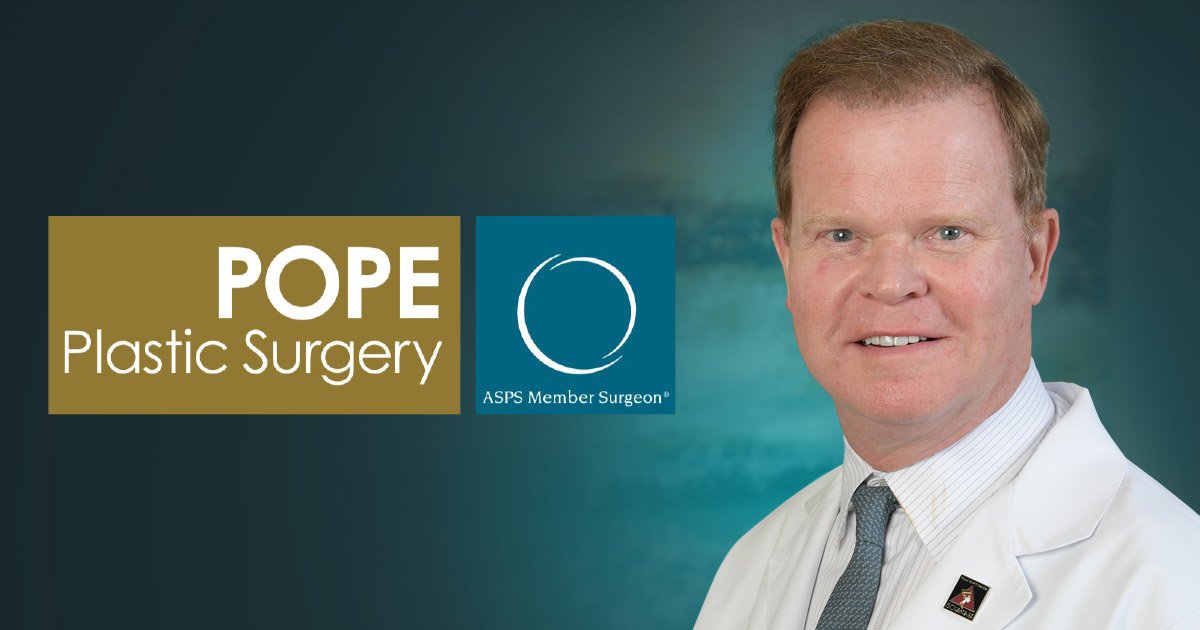Board-certified plastic surgeons give life-changing experiences to their patients. When going into surgery, plastic surgeons use a variety of safe anesthesia options depending on the procedure being performed.
Anesthesia works in numerous ways. It is an analgesic (pain reliever), an amnesiac (so that the patient does not remember the surgery) and an immobilizer (so that the patient does not move while his/her surgeon is operating). Anesthesia can also promote unconsciousness and reduce a very rapid heartbeat, rapid breathing, and a rise in blood pressure. The anesthesia options used by the best plastic surgeons in Florida include:
Local Anesthesia: This numbs the immediate treatment area. This is similar to local anesthetic used at the dentist’s office. A patient may be given local anesthetics in conjunction with sedation during a rhinoplasty or other type of facial plastic surgery. The injection is most commonly a combination of lidocaine (an analgesic) and epinephrine (a vasoconstrictor that obstructs bleeding).
Regional Anesthesia: Also known as nerve blocks, this can anesthetize a larger area of the body than local anesthetics. Examples of this anesthesia are the spinal and epidural anesthesia used for childbirth. Some facial plastic surgeries including brow lift, lip reduction, lip augmentation or facial liposuction may call for regional anesthesia.
Conscious Sedation: This is often referred to as twilight sedation. It makes the patient feel relaxed and drowsy. The medications in this sedation include muscle relaxants, pain medications, and drugs that cause temporary amnesia. The sedation can be administered by IV, inhaled gas or as a pill. Sometimes an oral sedative is given before conscious sedation. This type of sedation is typically combined with a local anesthetic.
General Anesthesia: This is used for invasive surgical procedures including facelifts. It impacts the entire body of patient and is usually given as liquids via IV, inhaled gases or both.
For more information on anesthesia, contact Dr. George Pope and our team of experts at Pope Plastic Surgery.


Leave a Reply